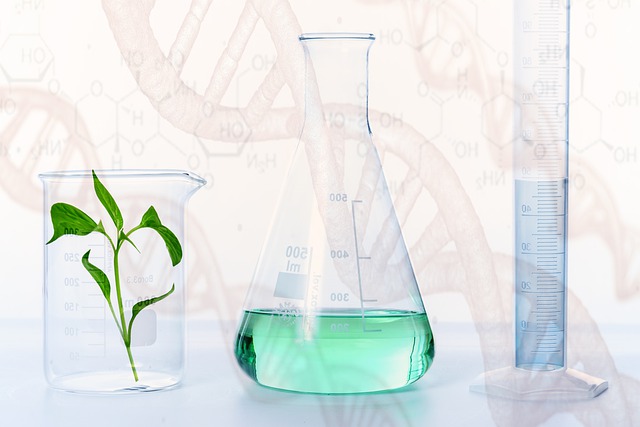
Graduated cylinders and beakers are both two usual pieces of laboratory equipment.
Graduated cylinders and beakers are both two usual pieces of laboratory equipment. The standard graduated cylinder has a narrow cylindrical shape, with each marked line showing your volume of liquid being measured. While they’re generally more accurate and precise than laboratory beakers and flasks, they shouldn’t be used to perform volumetric analysis. They’re also sometimes used to measure the overall volume of a solid indirectly by measuring the central displacement of a liquid. Whatever the use might be, these varieties can handle the job. The beaker’s primary function is mixing, stirring, and heating liquids. Beakers have a cylindrical shape with flat bottoms, and most include a smaller spout for pouring. Read on to learn about the strengths and purposes of graduated cylinders and beakers and their purpose in the lab!
Versions and Materials
Larger graduated cylinders are usually made from polypropylene and polymethylpentene. These are two of the most widely used synthetic plastics globally, polymethylpentene for its transparency which does make it lighter and easier to use than glass, and polypropylene for its powerful chemical pushback and resistance.
Beakers might be made of glass and metals like stainless steel or aluminum or specific plastics like polythene or polypropylene. An everyday use for polypropylene beakers is the gamma spectral analysis of liquid and solid samples. There are Standard or low-form beakers, which are used for preparing solutions and decanting supernatant fluids for holding waste fluids right before disposal as well as for performing simple reactions. Then there are Tall-form beakers, which have a height about twice their diameter, and are used primarily for titration.
Accuracy and Scales
These are two classes of accuracy for reading your graduated cylinders. Class A has double the overall accuracy of Class B. Cylinders can have single scales or dual scales. Single scales do allow the volume to be read from top to bottom, while double scale cylinders allow reading for filling and pouring. To read the volume more precisely, the observation must be at eye level to be read at the very bottom of the meniscus of the liquid level. Beakers are typically graduated or marked on the side with lines that indicate the contained volume. For example, a 250 mL beaker may be marked with lines to indicate 50, 100, 150, 200, or 250 mL of volume. These main marks aren’t intended for obtaining a precise measurement of volume, but rather it’s an estimation. The presence of a spout means your beaker can’t have a lid. However, when it is in use, beakers might be covered by a watch glass to stop contamination or loss of the content but allow venting through the spout.
FOR ALL LAB EQUIPMENT AND LAB NEEDS, CONTACT LAB PEOPLE TODAY
The Lab People Inc. is a trusted provider of laboratory equipment, services, supplies, and rental equipment for you and your laboratory. As an ISO 17025 accredited service organization, we stand behind our services with 100% satisfaction guaranteed for all of our customers. We are here to provide you with the best lab equipment service, equipment, and supplies.
For more information about how we can assist you, visit our website, email us, or give us a call at 1-800-296-2001!
Do not forget to follow us on Facebook, Twitter, and Linkedin!
